Malays (/məˈleɪ/ mə-LAY; Malay: Orang Melayu, Jawi: أورڠ ملايو) are an Austronesian ethnoreligious group native to eastern Sumatra, the Malay Peninsula and coastal Borneo, as well as the smaller islands that lie between these locations. These locations are today part of the countries of Malaysia, Indonesia (eastern and southern Sumatra, Bangka Belitung Islands, West Kalimantan and Riau Islands), the southern part of Thailand (Pattani, Satun, Songkhla, Yala and Narathiwat), Singapore and Brunei Darussalam.
There is considerable linguistic, cultural, artistic and social diversity among the many Malay subgroups, mainly due to hundreds of years of immigration and assimilation of various regional ethnicity and tribes within Maritime Southeast Asia. Historically, the Malay population is descended primarily from the earlier Malayic-speaking Austronesians and Austroasiatic tribes who founded several ancient maritime trading states and kingdoms, notably Brunei, Kedah, Langkasuka, Gangga Negara, Chi Tu, Nakhon Si Thammarat, Pahang, Melayu and Srivijaya.
The advent of the Malacca Sultanate in the 15th century triggered a major revolution in Malay history, the significance of which lies in its far-reaching political and cultural legacy. Common definitive markers of Malayness—the religion of Islam, the Malay language and traditions—are thought to have been promulgated during this era, resulting in the ethnogenesis of the Malay as a major ethnoreligious group in the region. In literature, architecture, culinary traditions, traditional dress, performing arts, martial arts and royal court traditions, Malacca set a standard that later Malay sultanates emulated. The golden age of the Malay sultanates in the Malay Peninsula, Sumatra and Borneo saw many of their inhabitants, particularly from various tribal communities like the Batak, Dayak, Orang Asli and the Orang Laut become subject to Islamisation and Malayisation. In the course of history, the term “Malay” has been extended to other ethnic groups within the “Malay world”; this usage is nowadays largely confined to Malaysia and Singapore, where descendants of immigrants from these ethnic group are termed as anak dagang (“traders”) and who are predominantly from the Indonesian archipelago such as the Acehnese, Banjarese, Bugis, Mandailing, Minangkabau and Javanese.
Throughout their history, the Malays have been known as a coastal-trading community with fluid cultural characteristics. They absorbed, shared and transmitted numerous cultural features of other local ethnic groups, such as those of Minang and Acehnese
Etymology
The epic literature, the Malay Annals, associates the etymological origin of “Melayu” to a small river named Sungai Melayu (‘Melayu river’) in Sumatra, Indonesia. The epic incorrectly stated that the river flowed to the Musi River in Palembang, while in reality it flowed to the Batang Hari River in Jambi.: 298 The term is thought to be derived from the Malay word melaju, a combination of the verbal prefix ‘me’ and the root word ‘laju’, meaning “to accelerate”, used to describe the accelerating strong current of the river.
As a place name (toponym)
Prior to the 15th century, the term “Melayu” and its similar-sounding variants appear to apply as an old toponym to the Strait of Malacca region in general.
Malaya Dwipa, “Malaya Dvipa”, is described in chapter 48, Vayu Purana as one of the provinces in the eastern sea that was full of gold and silver. Some scholars equate the term with Sumatra, but several Indian scholars believe the term should refer to the mountainous Malay Peninsula, while Sumatra is more correctly associated with Suvarnadvipa.
Maleu-kolon – a location in the Golden Chersonese, from Ptolemy’s work, Geographia.
Mo-lo-yu – mentioned by Yijing, a Tang dynasty Chinese Buddhist monk who visited the Southeast Asia in 688–695. According to Yijing, the Mo-Lo-Yu kingdom was located at a distance of 15 days sailing from Bogha (Palembang), the capital of Sribhoga (Srivijaya). It took a 15-day sail as well to reach Ka-Cha (Kedah) from Mo-lo-yu; therefore, it can be reasoned that Mo-Lo-Yu would lie halfway between the two places. A popular theory relates Mo-Lo-Yu with the Jambi in Sumatra, however the geographical location of Jambi contradicts with Yi Jing’s description of a “half way sail between Ka-Cha (Kedah) and Bogha (Palembang)”. In the later Yuan dynasty (1271–1368) and Ming dynasty (1368–1644), the word Ma-La-Yu was mentioned often in Chinese historical texts — with changes in spelling due to the time span between the dynasties — to refer to a nation near the southern sea. Among the terms used was “Bôk-lá-yù”, “Mók-là-yū” (木剌由), Má-lì-yù-er (麻里予兒), Oō-laì-yu (巫来由) — traced from the written source of monk Xuanzang) and Wú-laī-yû (無来由).
Malaiyur – mentioned in the Tanjore inscription. It was described as a kingdom that had “a strong mountain for its rampart” that fell to the Chola invaders during Rajendra Chola I’s campaign in the 11th century. It may have been situated in Sumatra, between Pannai and Srivijaya (Palembang),: 77–78, 170 possibly in the Muaro Jambi archaeological site.
Bhūmi Mālayu – (literally “Land of Malayu”), a transcription from Padang Roco Inscription dated 1286 CE by Slamet Muljana. The term is associated with Dharmasraya kingdom.
Ma-li-yu-er – mentioned in the chronicle of Yuan dynasty, referring to a nation of the Malay Peninsula that faced the southward expansion of Sukhothai Kingdom, during the reign of Ram Khamhaeng. The chronicle stated: “..Animosity occurred between Siam and Ma-li-yu-er with both killing each other …”. In response to the Sukhothai’s action, a Chinese envoy went to the Ram Khamhaeng’s court in 1295 bearing an imperial decree: “Keep your promise and do no evil to Ma-li-yu-er”.
Malauir – mentioned in Marco Polo’s account as a kingdom located in the Malay Peninsula, possibly similar to the one mentioned in Yuan chronicle.
Malayapura – (literally “city of Malaya” or “fortress of Malaya”), inscribed on the Amoghapasa inscription dated 1347 CE. The term was used by Adityawarman to refer to Dharmasraya.
Other suggestions include the Javanese word mlayu (as a verb: to run, participle: fugitive), or the Malay term melaju (to steadily accelerate), referring to the high mobility and migratory nature of its people. De Barros (1552) mentioned that Iskandar Shah named the Malaios (Malays) so because of the banishment of his father from his country. Albuquerque explained that Parameswara fled (malayo) from the kingdom of Palembang to Malacca.Bhūmi Mālayu – (literally “Land of Malayu”), a transcription from Padang Roco Inscription dated 1286 CE by Slamet Muljana. The term is associated with Dharmasraya kingdom.
Ma-li-yu-er – mentioned in the chronicle of Yuan dynasty, referring to a nation of the Malay Peninsula that faced the southward expansion of Sukhothai Kingdom, during the reign of Ram Khamhaeng. The chronicle stated: “..Animosity occurred between Siam and Ma-li-yu-er with both killing each other …”. In response to the Sukhothai’s action, a Chinese envoy went to the Ram Khamhaeng’s court in 1295 bearing an imperial decree: “Keep your promise and do no evil to Ma-li-yu-er”.
Malauir – mentioned in Marco Polo’s account as a kingdom located in the Malay Peninsula, possibly similar to the one mentioned in Yuan chronicle.
Malayapura – (literally “city of Malaya” or “fortress of Malaya”), inscribed on the Amoghapasa inscription dated 1347 CE. The term was used by Adityawarman to refer to Dharmasraya.
Other suggestions include the Javanese word mlayu (as a verb: to run, participle: fugitive), or the Malay term melaju (to steadily accelerate), referring to the high mobility and migratory nature of its people. De Barros (1552) mentioned that Iskandar Shah named the Malaios (Malays) so because of the banishment of his father from his country. Albuquerque explained that Parameswara fled (malayo) from the kingdom of Palembang to Malacca.

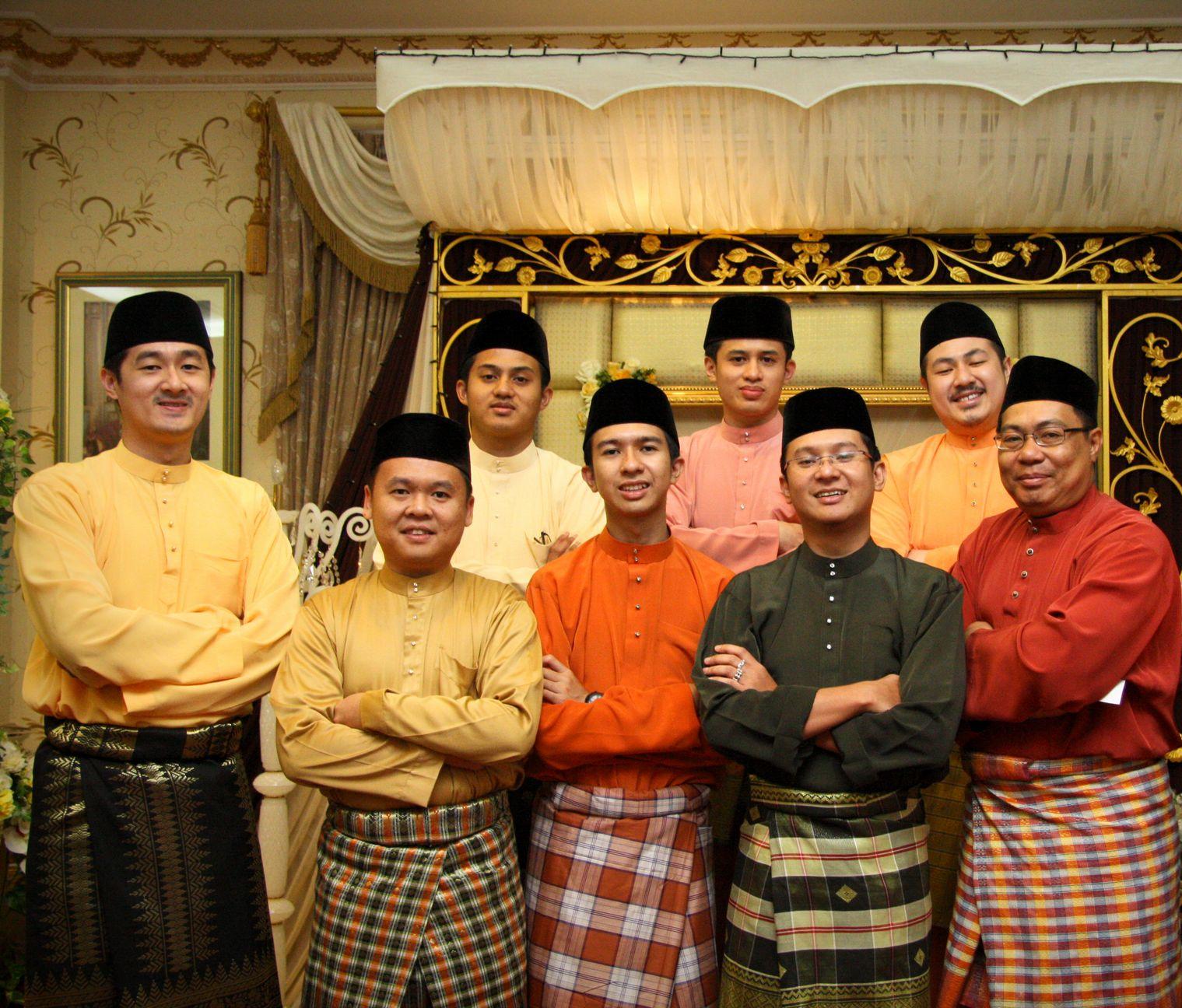
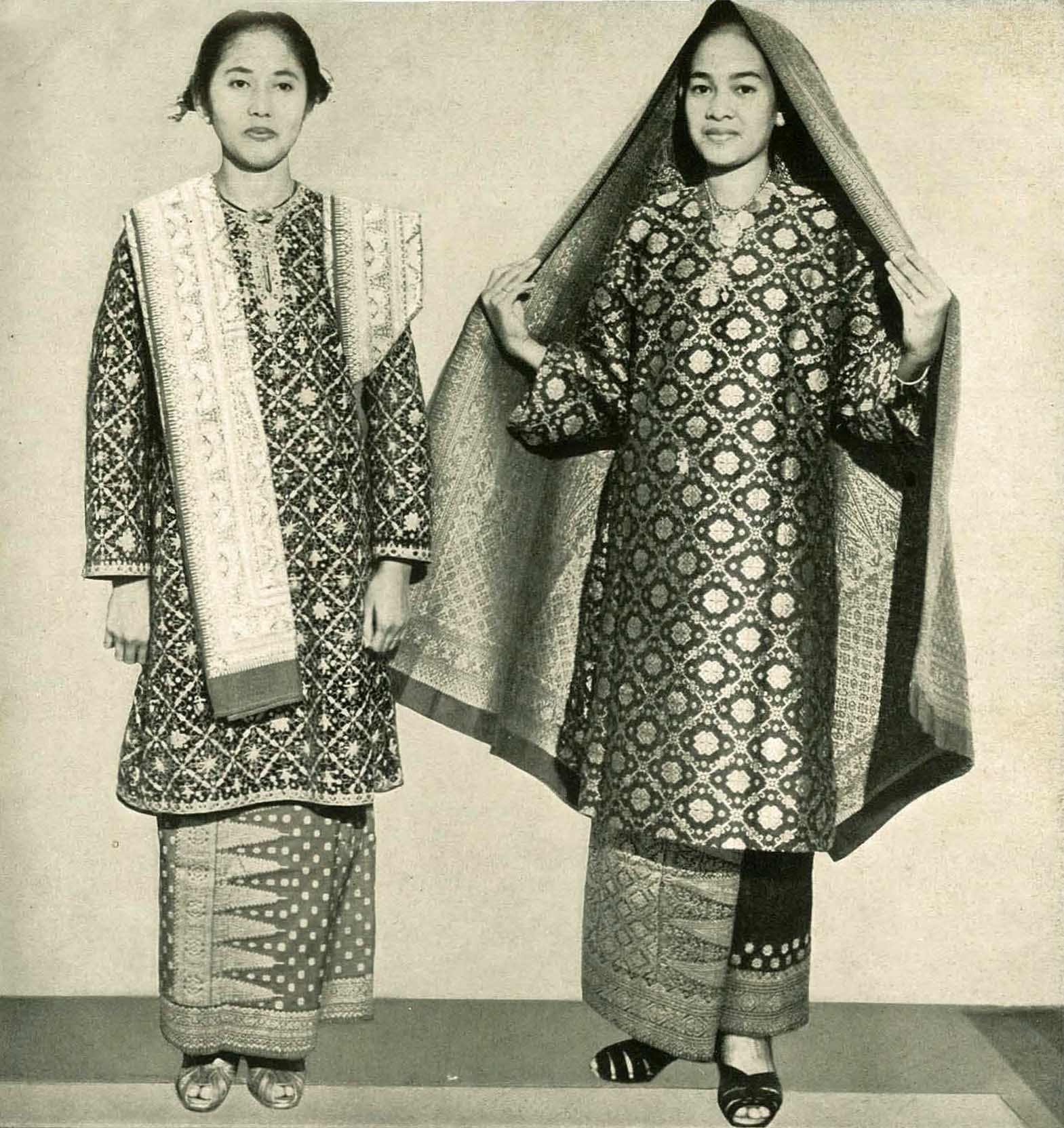
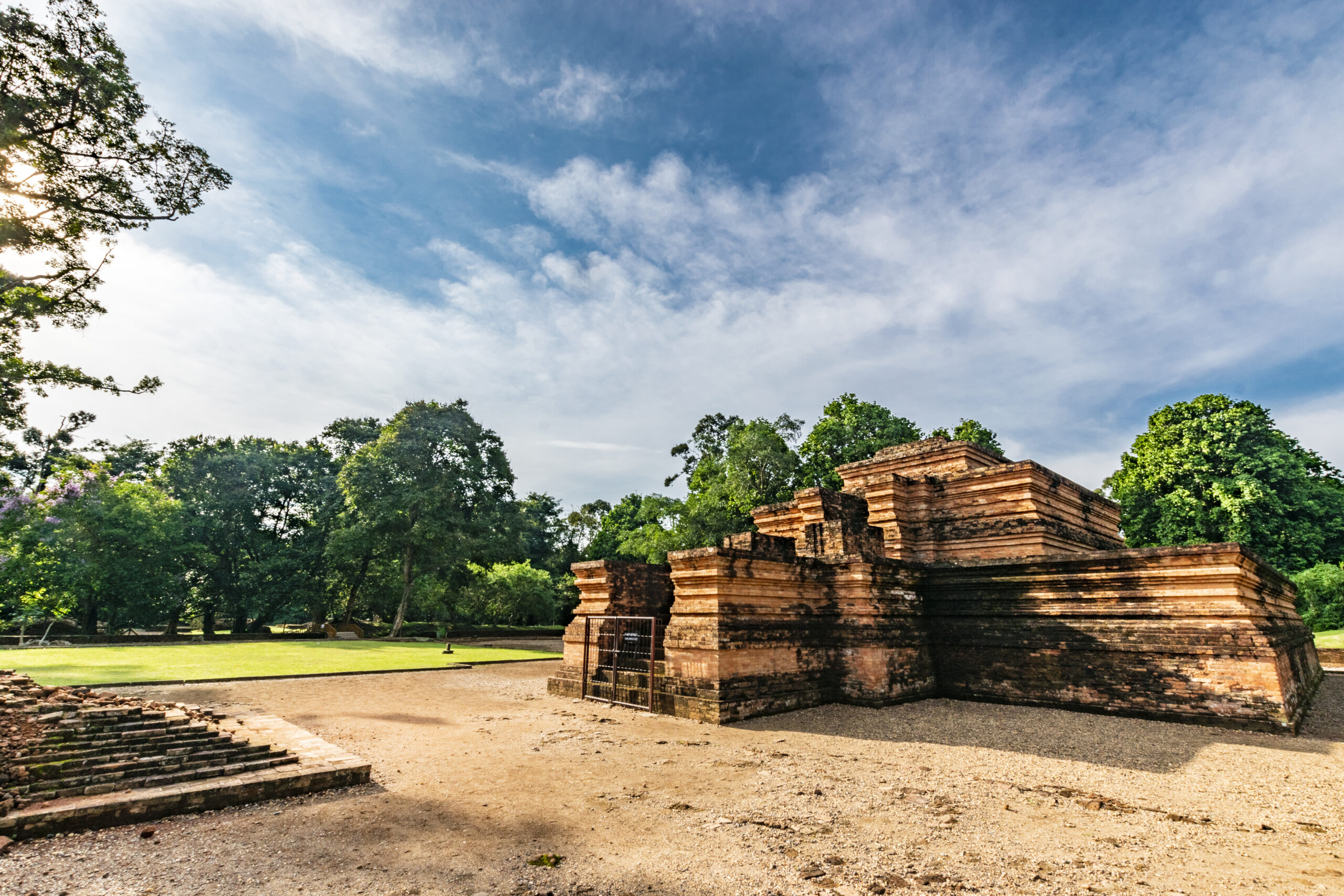
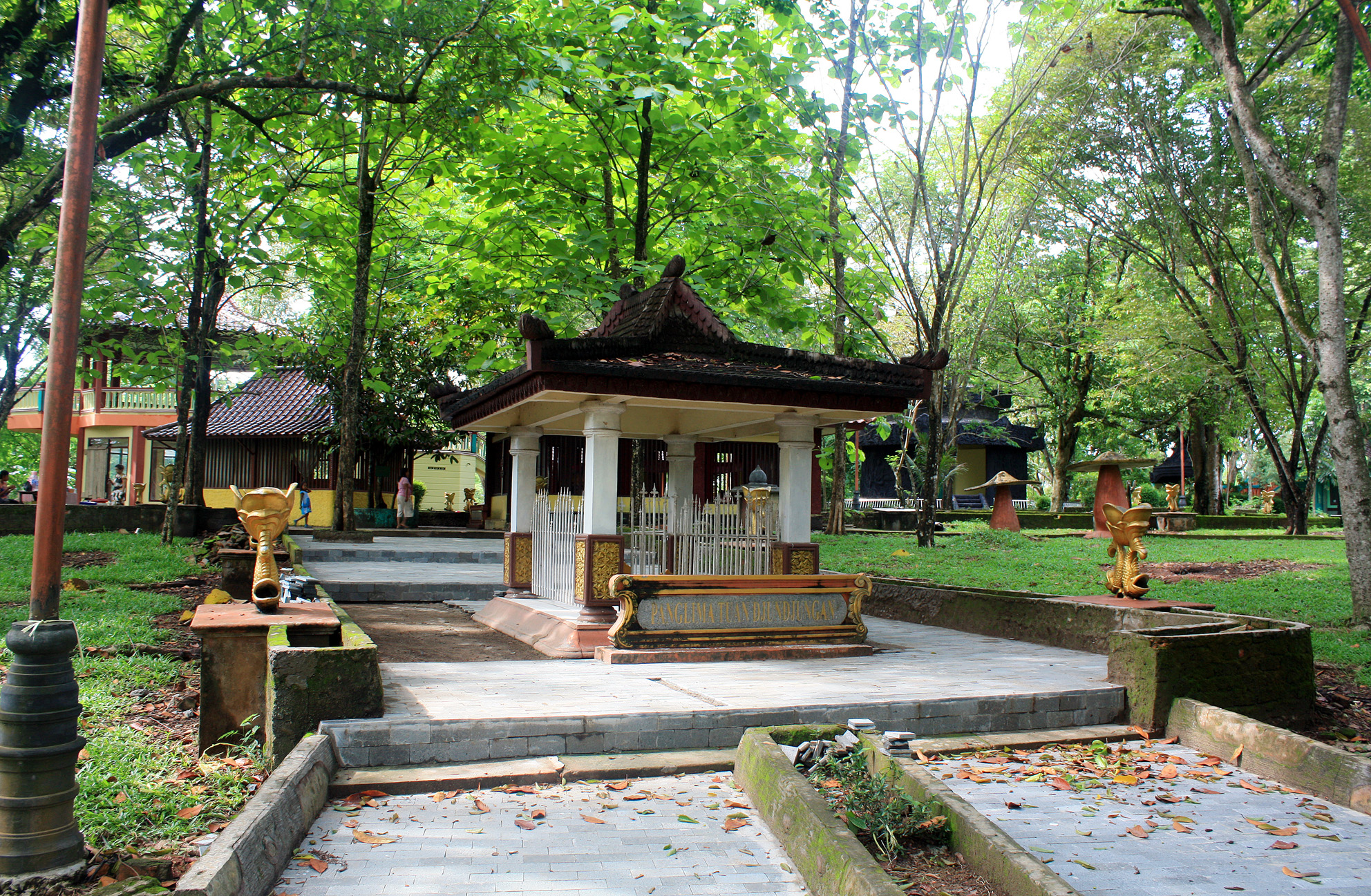
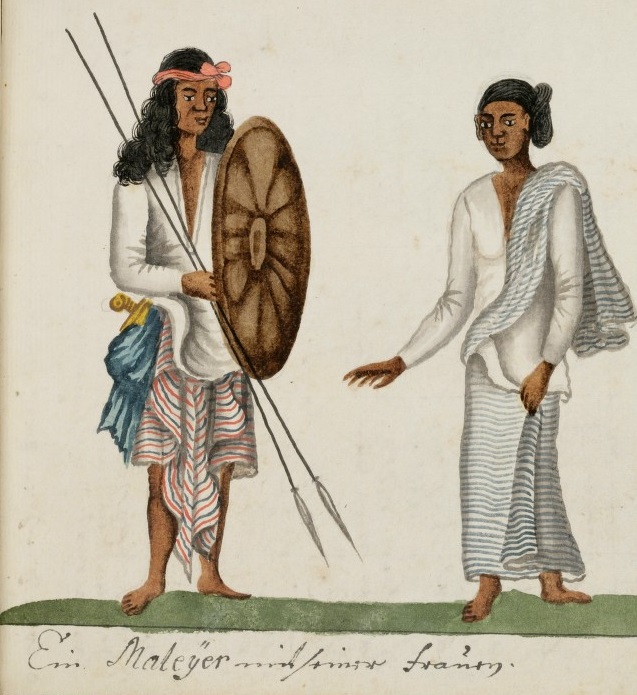
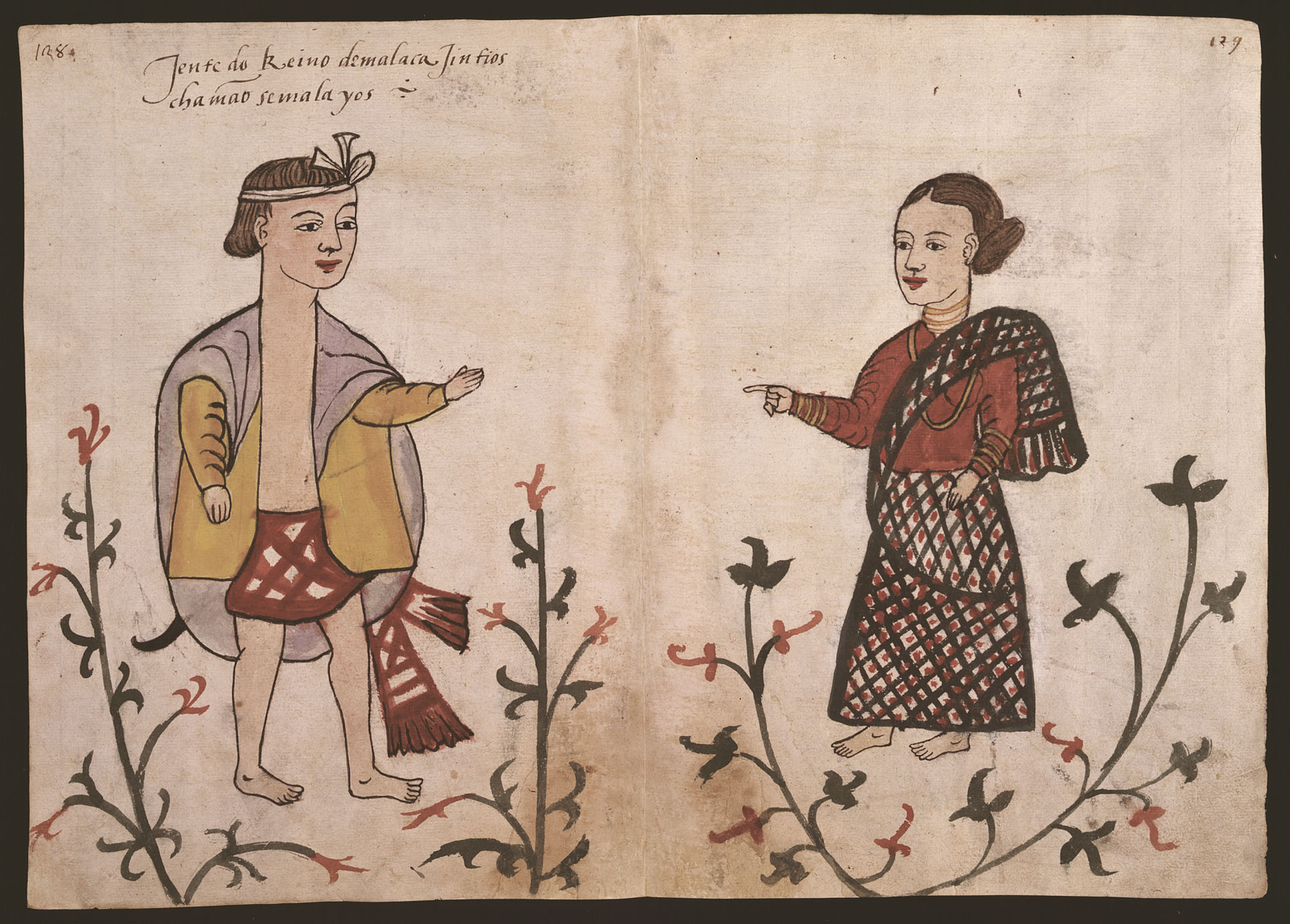
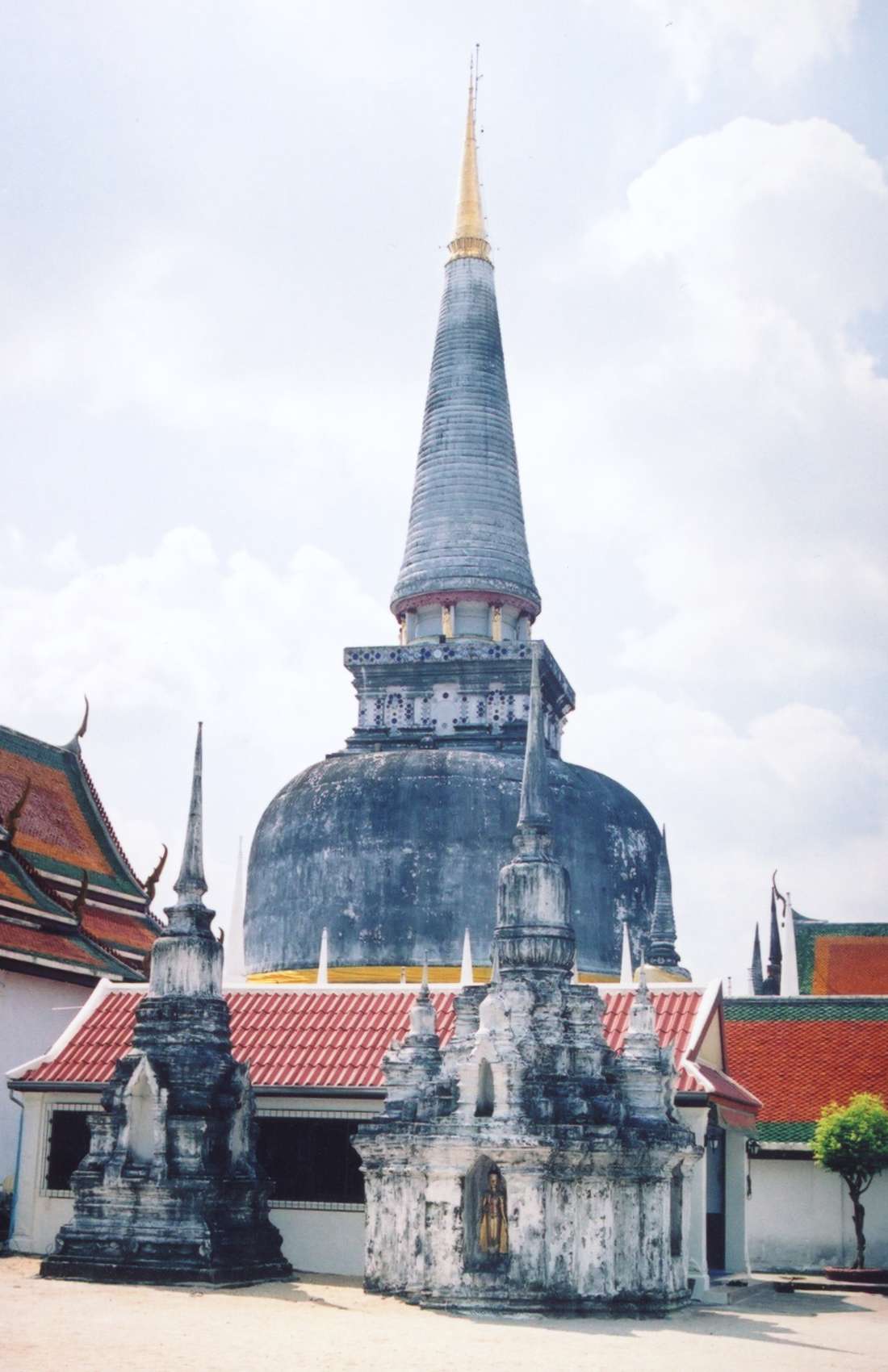
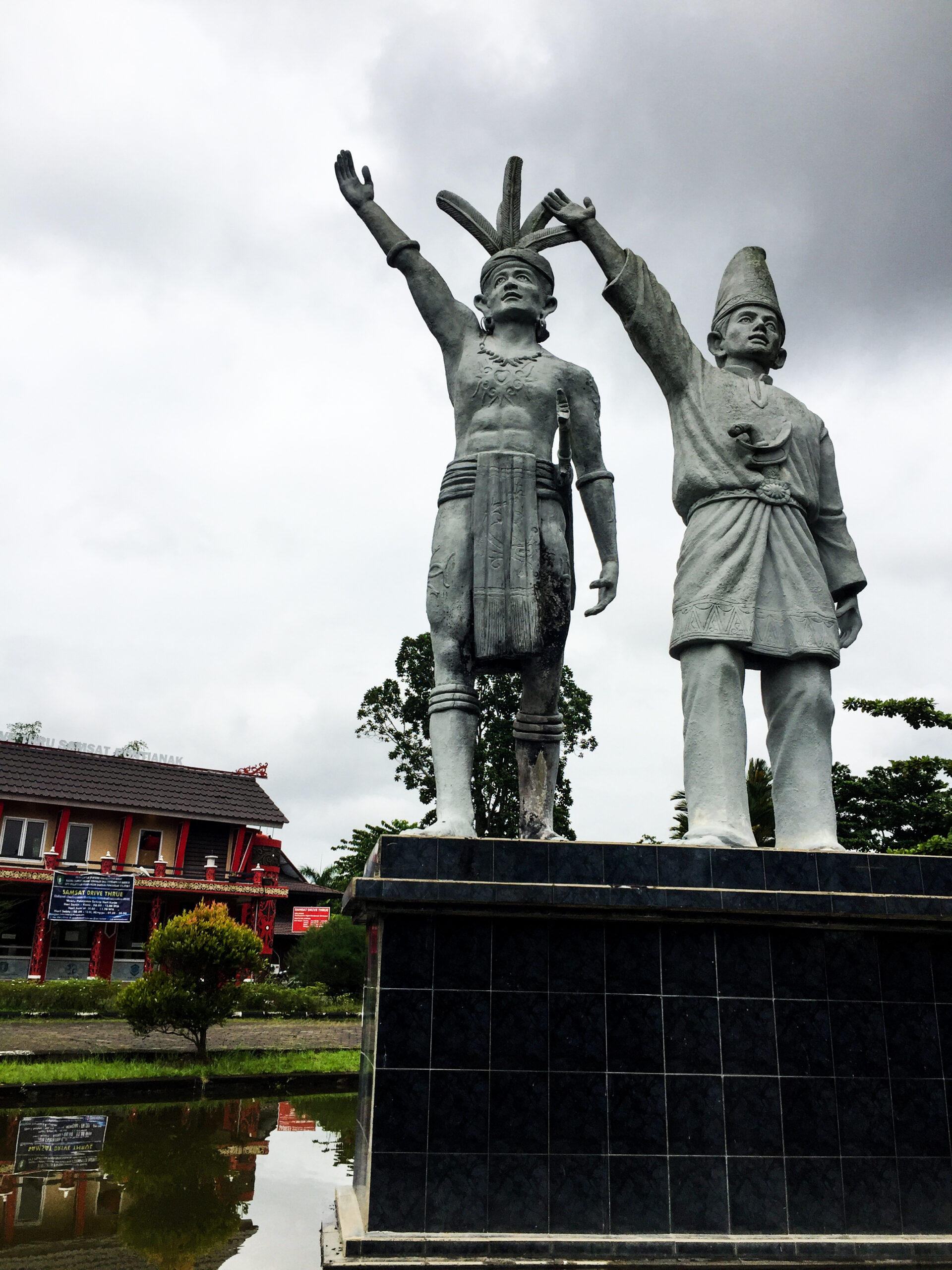
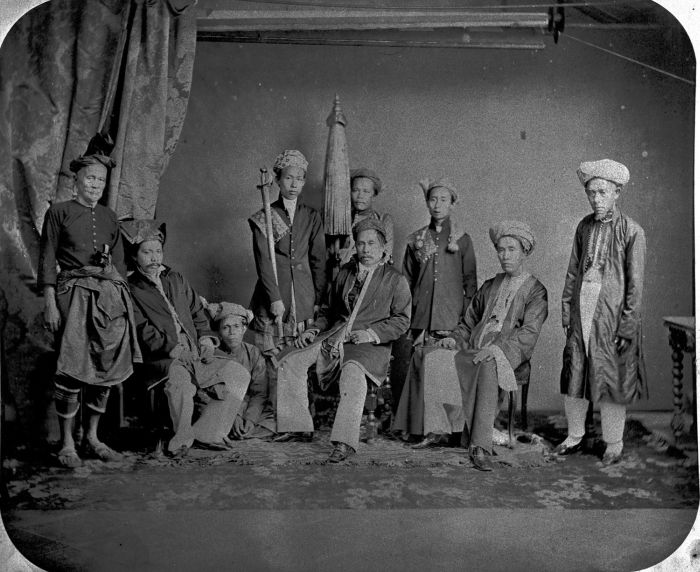
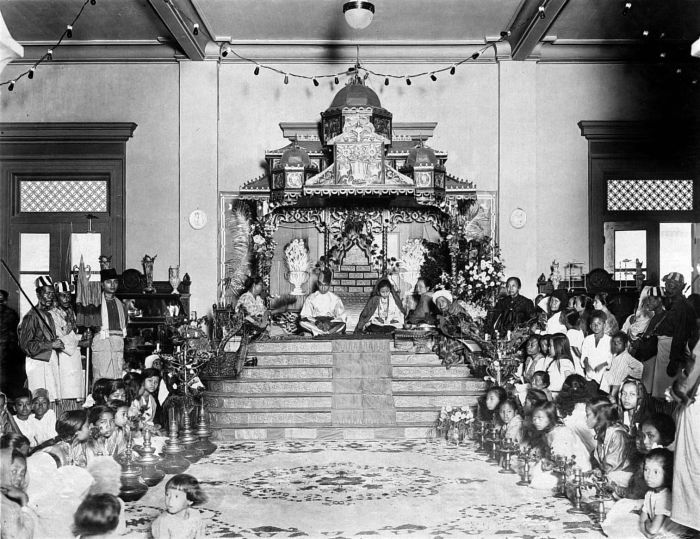
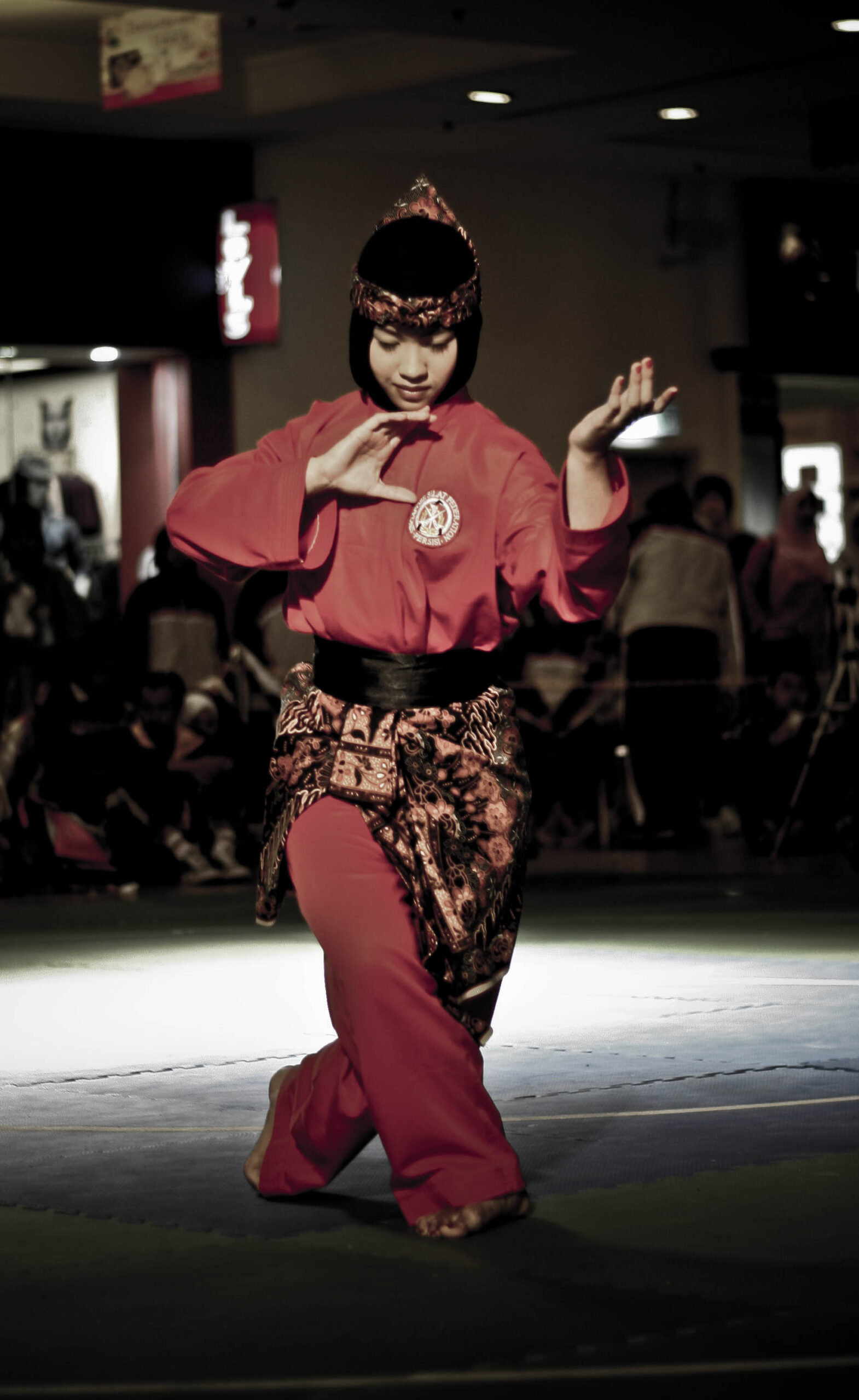
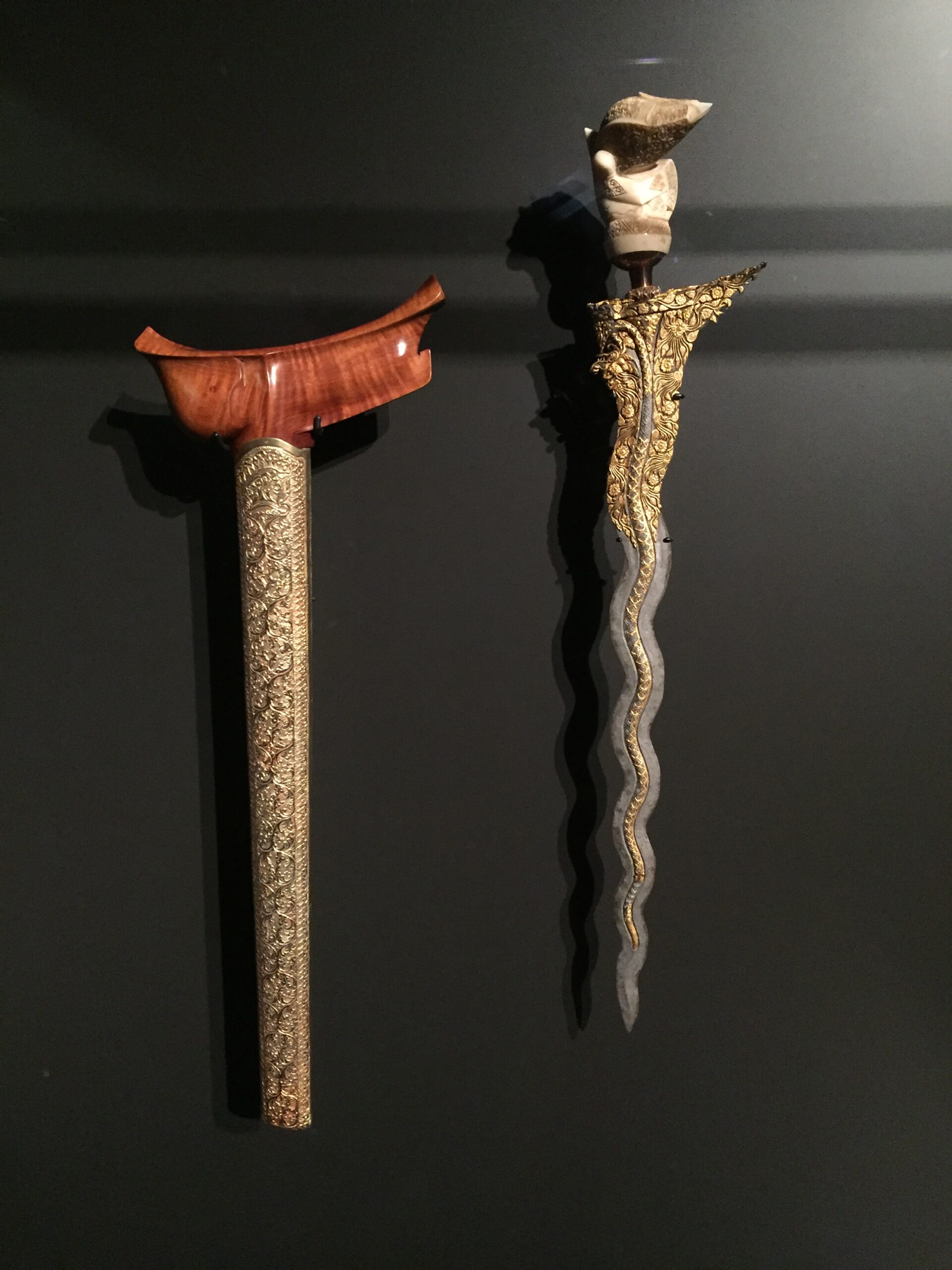
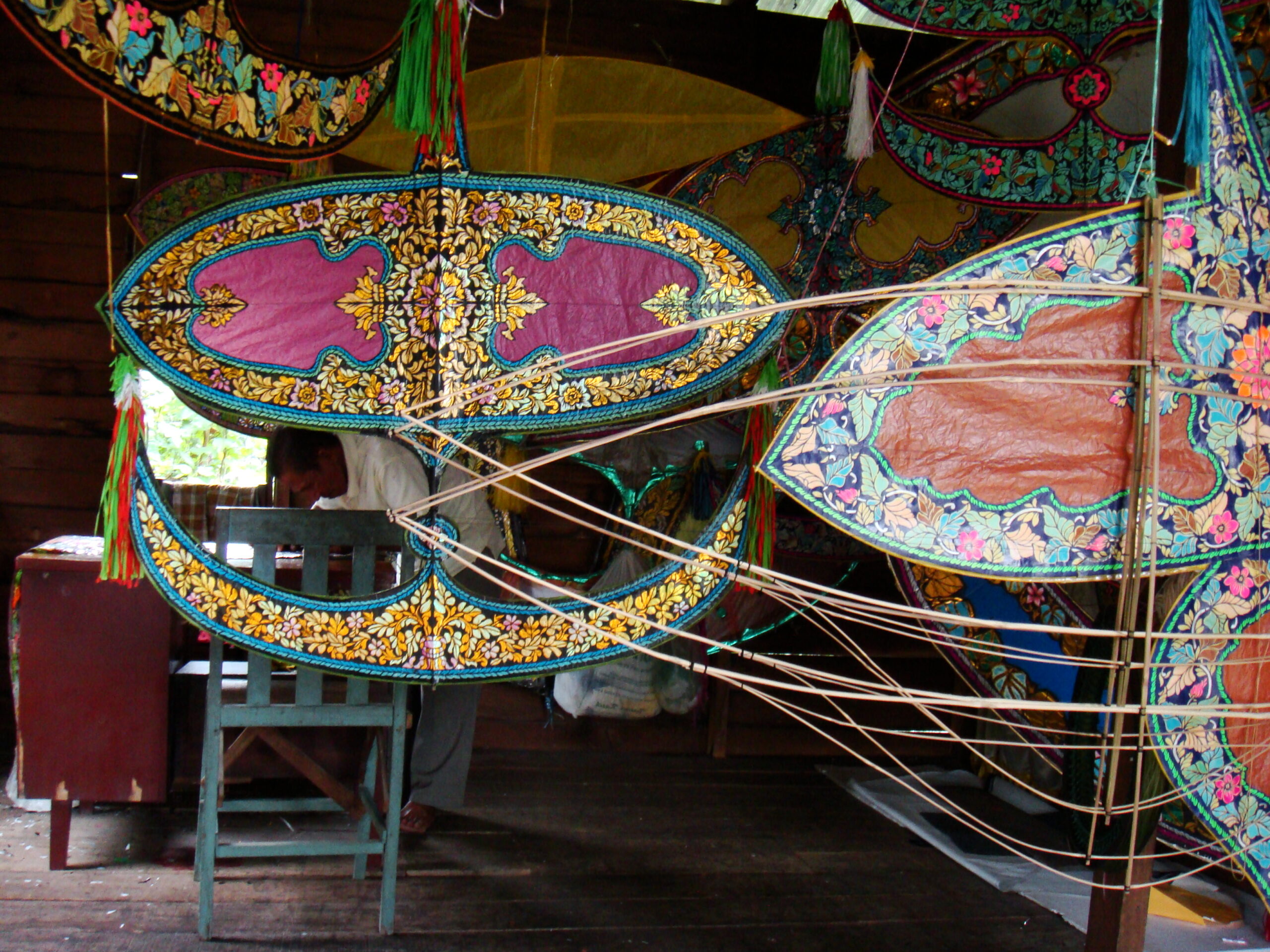



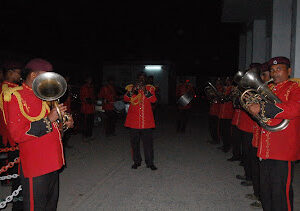
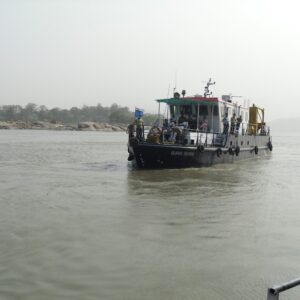

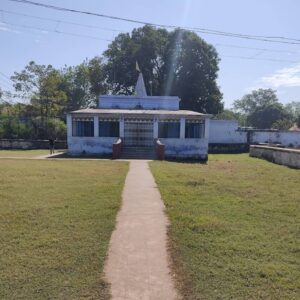


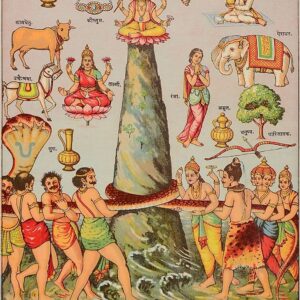
Reviews
There are no reviews yet